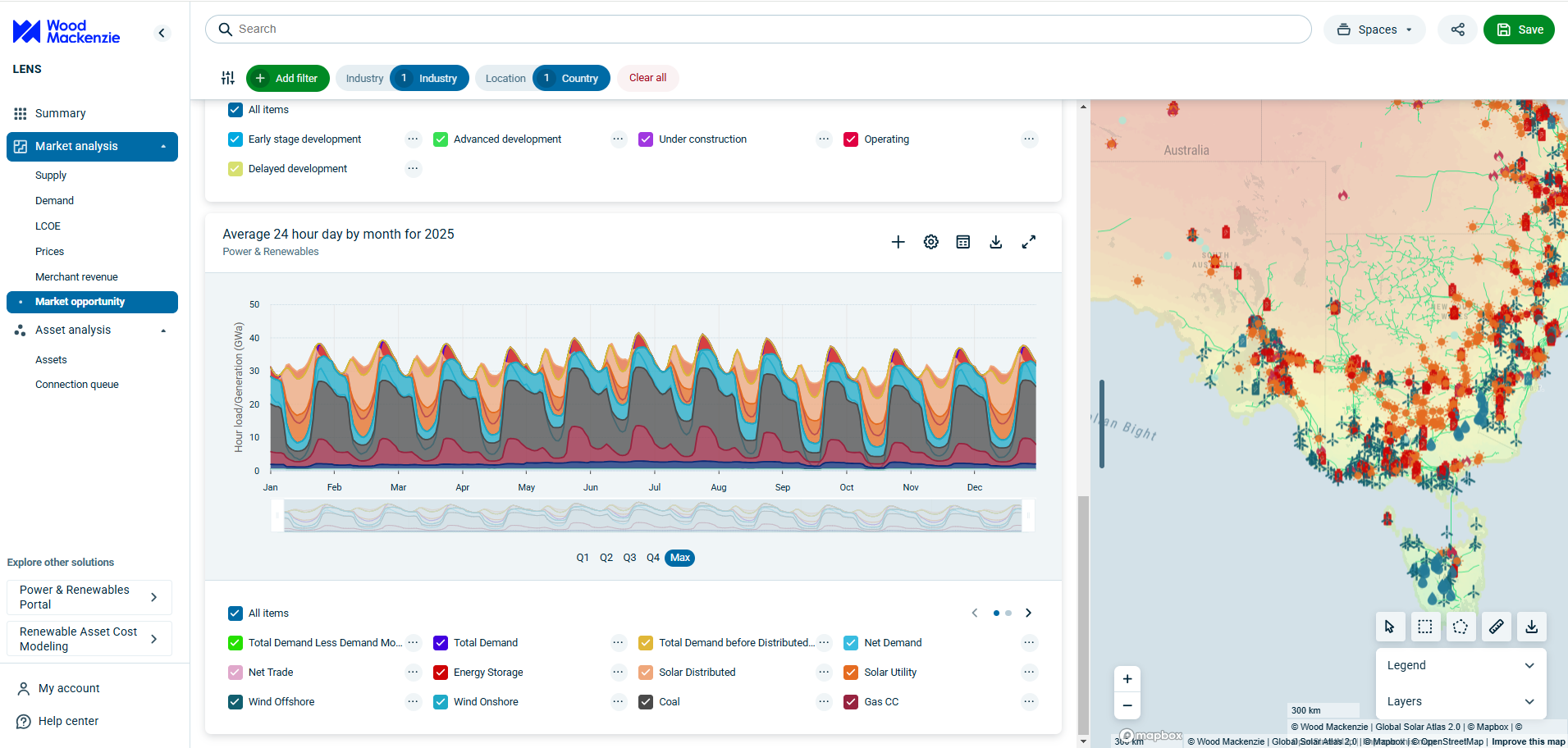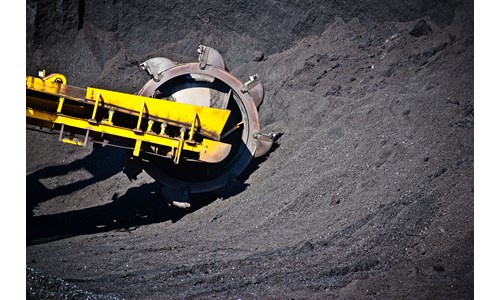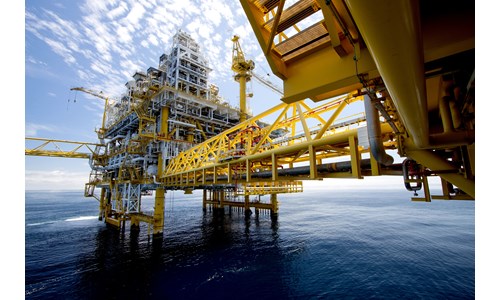After the crash – what’s changed in Lower 48 upstream?
This report is currently unavailable
*Please note that this report only includes an Excel data file if this is indicated in "What's included" below
Report summary
Table of contents
- Executive summary
-
What's changed in Lower 48 Upstream?
- After the crash - what's changed in global upstream?
- Oil price crash: upstream coverage
- H1 2020 Macro Oils long-term outlook
- Latest global FID tracker
- Global tracker of the upstream impact of the price crash and coronavirus pandemic
Tables and charts
This report includes the following images and tables:
- Lower 48 investment outlook, before and after the crash
What's included
This report contains:















